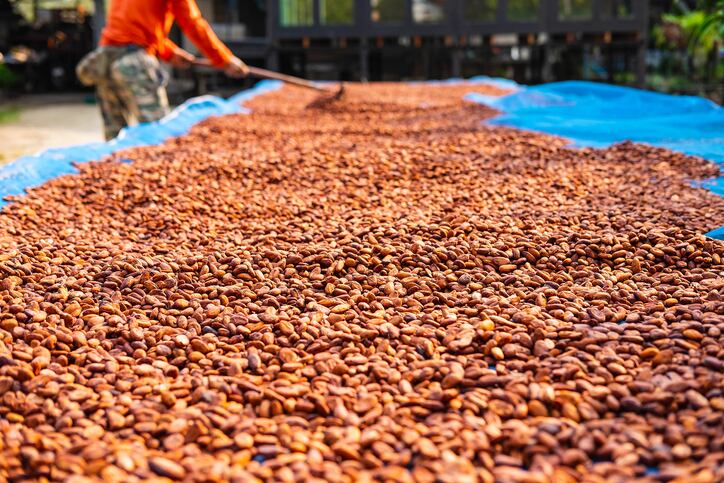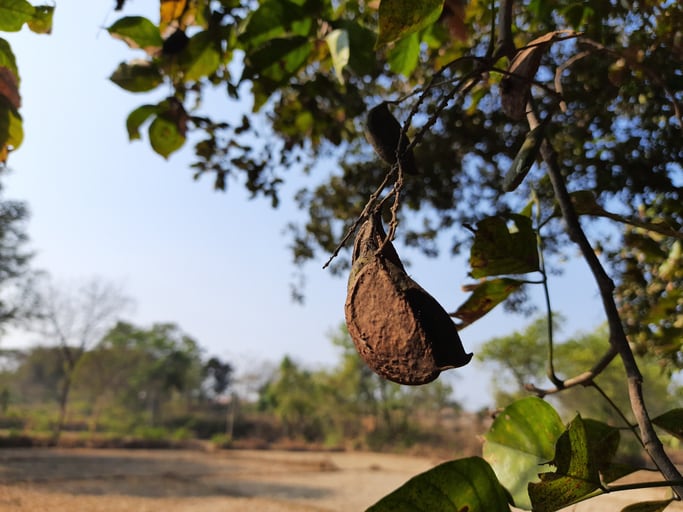High humidity and temperatures in these regions severely shorten the lifespan of stored seeds, leading to rapid declines in seed viability and increased risk of fungal and insect infestations. The study outlined how dry chain technology, which relies on rapid seed drying and moisture-proof storage, can significantly improve seed quality during medium-term storage in tropical areas — without the need for refrigeration.
The researchers reviewed existing literature on dry chain methods and provided new data from large-scale applications across South Asia, Latin America, and Pacific Island countries in order to demonstrate the effectiveness of this approach in real-world settings.
They subsequently reported that in such conditions, zeolite drying beads have proven more effective and economical than traditional drying methods like sun or heated-air drying.
Tackling seed storage challenges in tropical climates
Seed storage in tropical regions is particularly problematic due to high relative humidity, which accelerates seed aging and encourages the growth of fungi and insects. These factors drastically reduce seed viability, undermining seed security for farmers and consequently, food security in vulnerable communities.
The study emphasised that drying seeds to a low moisture content and storing them in hermetically sealed, moisture-proof containers could extend their lifespan by several years, even without refrigeration.
Researchers first introduced the dry chain concept in 2018, focusing on drying seeds to levels that inhibited fungal and insect activity. More recently, trials using zeolite drying beads in countries like Bangladesh, Nepal and Costa Rica confirmed that this technology effectively removed moisture from seeds in humid climates.
At the same time, unlike traditional sun or heated-air drying methods, which are less effective in warm and humid environments, zeolite beads rapidly reduce moisture levels and can be reused after reactivation.
Global adoption and promising results
The dry chain system has been tested successfully in multiple regions across Africa, Asia, and Latin America. It has been applied to a variety of crops, including key staples like maize, rice, and wheat, as well as high-value vegetables like onions, tomatoes, and peppers. In all cases, dry chain methods preserved seed quality and viability far better than standard or traditional storage techniques.
This approach, which involves the use of reusable drying beads and moisture-proof storage containers, is particularly beneficial for tropical climates where traditional drying methods fail. The study pointed to significant benefits for seed companies, conservation organizations, and farmers. It also recommended global adoption of dry chain methods, especially in areas prone to high humidity and temperature fluctuations.
Opportunities for scaling and improving supply chains
Despite its effectiveness, the study identified key challenges to the widespread adoption of dry chain technology, particularly the availability of zeolite drying beads and the infrastructure needed to support their reactivation.
In many regions where this technology would have the greatest impact, supply chains for drying beads and moisture-proof containers remain underdeveloped. The report suggested that governments, seed companies, and NGOs work together to give farmers access to these materials, particularly through community-based systems where farmers could exchange used beads for reactivated ones.
Additionally, while this model has shown success in countries like Bangladesh, wider implementation would require stronger collaboration between local and international stakeholders. The study also called for more research into scaling dry chain technology for larger seed quantities. While the system works well for smaller batches, such as horticultural seeds, larger-scale applications for cereal grains may require new technologies that combine drying beads with air flow systems.
Applications beyond seed storage
While the review largely focused on the application of dry chain technology for food crop seed storage, the researchers noted that the technology could have significant implications beyond this scope. Dry chain methods could be adapted for the conservation of wild species in restoration projects or local seed banks, as well as the storage of other agricultural products, such as grains, spices, and dried fruits.
The researchers also highlighted dry chain systems’ potential in reforestation projects, especially in tropical regions where plant biodiversity was critical. With ongoing climate change threatening ecosystems, the ability to conserve seeds and plant species in humid environments could play a key role in global conservation efforts.
Moving forward with dry chain technology
The study concluded that dry chain technology represented a versatile, adaptable approach to seed storage that coul meet the needs of diverse stakeholders, from smallholder farmers to large seed companies. Given the clear benefits of the system — namely, improved seed and food security, and post-harvest loss reduction — the researchers said governments, NGOs, and the agricultural sector should prioritize its implementation.
Efforts to scale dry chain technology should include infrastructure investments, development of supply chains for zeolite drying beads, and collaborative initiatives to make the technology accessible to those who need it most. This could help dry chain systems revolutionize seed storage in tropical climates, and significantly enhance agricultural resilience amid changing environmental conditions.
Source: National Center for Biotechnology Information
“Applications of dry chain technology to maintain high seed viability in tropical climates”
https://www.doi.org/10.7717/peerj.18146
Authors: Filippo Guzzon, et al.



